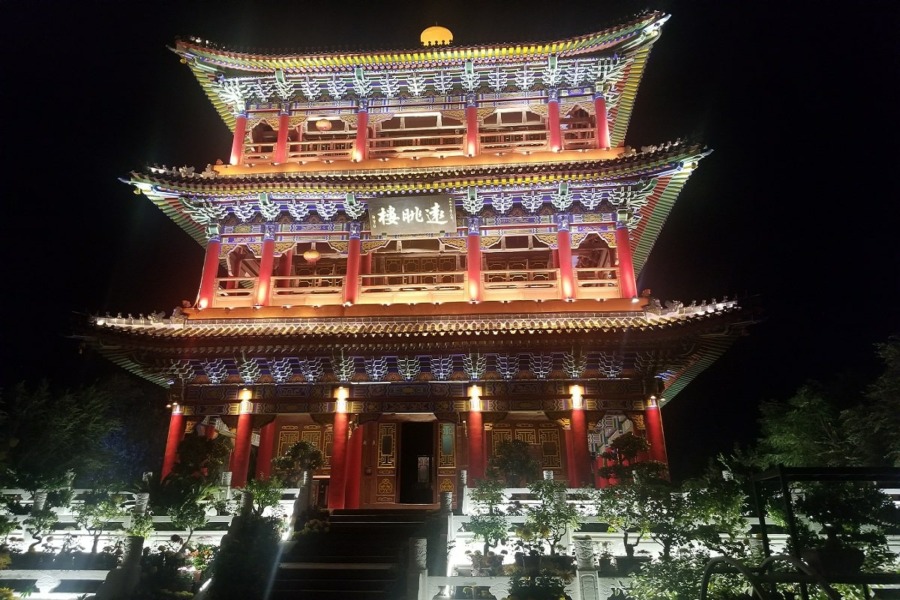First impressions count in the bustling world of hospitality. They count toward the overall experience guests take away, the perception they form of the establishment, and, crucially, whether they choose to return. Color is one vital yet often understated factor in shaping these impressions. The importance of colors in the hospitality industry goes beyond decoration or a stylistic afterthought; it’s a potent tool for evoking emotional responses and directing guest behavior.
Color plays a pivotal role in the psychology of space and experience. Colors silently work their magic from the moment a guest steps into a hotel lobby to the touch of bed linen and even the hue of the food they dine on.
For example, serene shades like soft blues and gentle grays in hotel rooms convey a tranquil and restful atmosphere conducive to a calming night’s sleep. In contrast, vibrant, energizing colors like warm reds or oranges give dining spaces a refreshing feel, perfect for restaurants looking to create a lively and social atmosphere.
Through these associations, colors contribute to a memorable guest experience. However, hospitality professionals must realize that one size does not fit all. The demographics of the guests, the property’s brand image, and the cultural nuances of the region all play a part in the choice of colors and their placement.
Moving beyond the immediate guest experience, the colors chosen for branding also impact how people perceive an establishment. The symbology behind color directly influences the guest’s emotional and psychological responses.
For example, bathroom vanity colors in a hotel, such as navy, evoke a sense of sophistication and exclusivity. Meanwhile, warm, earthy tones might be more suitable for eco-friendly resorts, creating a connection to nature and sustainability.
Color also contributes to the perception of cleanliness and hygiene. Light, neutral tones like whites, creams, and light greys typically give a sense of a clean environment and hospitality brands are increasingly using them to instill trust and confidence in their hygiene standards.
Choosing the right colors is not always an intuitive process. Different spaces in a hotel have different functions and thus require different color treatments. For instance, lobbies and social areas may benefit from a vibrant palette to stimulate social interactions, while the guest rooms should feature colors that promote relaxation and comfort.
Professionals often rely on color psychology to ensure a cohesive and effective color scheme throughout a hotel. It’s an intricate balance, associating different colors with specific emotions and behaviors—such as warm and cool, light and dark—to create harmonious environments that align with the hotel’s objectives.
The art of color in hospitality is a strategic business decision that deeply impacts guest experiences and brand perception. Hospitality professionals may craft spaces that look beautiful and make guests feel a certain way by understanding the importance of colors in the hospitality industry and employing them thoughtfully—enticing them to return and recommend the experience to others.









